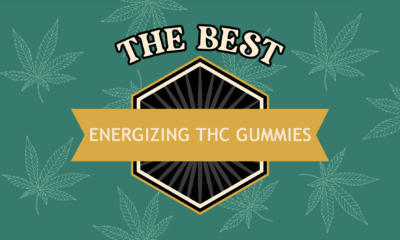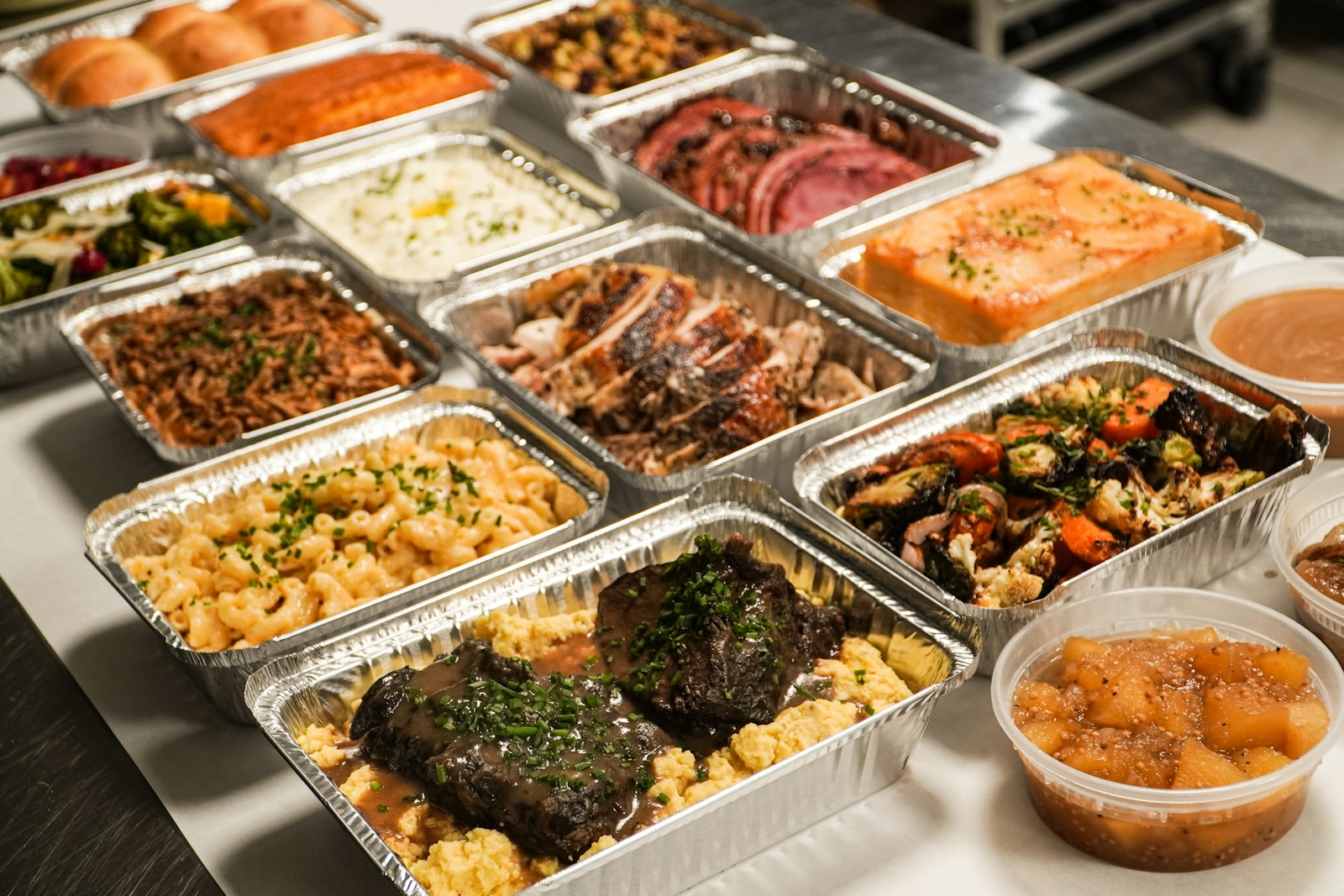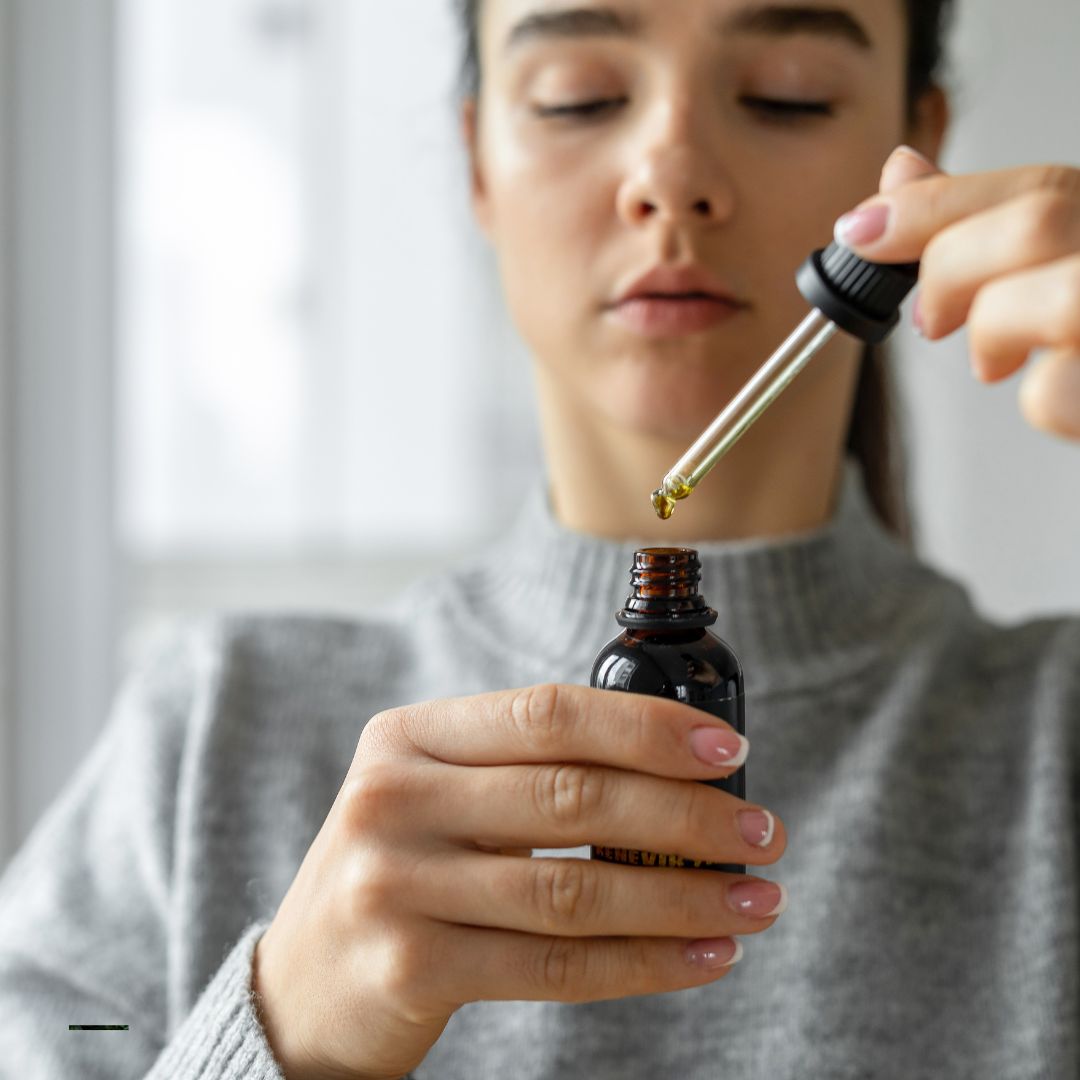Leafly’s Dr. Nick Jikomes explains your body’s own weed molecule signaling system and what happens when you get your blood pumping.
The endocannabinoid system is crucial for maintaining homeostasis (balance). As a result, cannabinoids influence everything from emotion and pain perception to metabolism, prenatal development, and the gut microbiome. The plant cannabinoid THC exerts its psychoactive effects through cannabinoid receptors in the brain. These receptors (CB1 receptors) are widespread in organs and tissues beyond the brain, including the lungs and cardiovascular system. As a result, we would expect that cannabinoids have some kind of relationship to physical activity and therefore a potential influence on exercise performance.
What is known about cannabinoids and physical activity? Let’s explore the following questions across three articles:
- Part I: How & Why the Endocannabinoid System Responds to Physical Activity
- Part II: How THC Influences Exercise Performance & Recovery
- Part III: How Body Fat & Exercise Influences THC levels in the Body.
How physical activity affects the endocannabinoid system
… it was generally found that anandamide levels acutely increase following exercise.
The two major endogenous cannabinoids are anandamide and 2-AG. A number of clinical (human) and preclinical (animal) studies conducted since the 2010s looked at how acute (short-term) exercise affects endocannabinoid levels in the body. A 2022 meta-analysis looked at these to identify trends in the results.
There was a lot of variability in the results and design of studies, but it was generally found that anandamide levels acutely increase following exercise. This tendency was seen for different forms of exercise (e.g. running, cycling, resistance training), in both animals and humans, as well as human patients with and without preexisting conditions (e.g. PTSD, depression). The effects of acute exercise on 2-AG were much less consistent across studies, and there wasn’t enough data to assess the effects of chronic (long-term) exercise on endocannabinoid levels.
In animal studies, where biological mechanisms can be studied in detail, both voluntary exercise and palatable food consumption have similar effects on the endocannabinoid system. CB1 receptors in the brain are important for reward processing generally, and specific CB1 receptor-containing neurons are crucial for the rewarding effects of everything from drugs (including THC) to the motivation to engage in exercise. In the case of mice, exercise means wheel running–they love it. They also love sugar water.
If given the opportunity, mice spend quite a bit of time running on wheels and sipping sucrose–it’s rewarding to them. It has been shown that engaging in either behavior increases the sensitivity of CB1 receptors on specific neurons in the brain. After wheel running or sugar consumption, these receptors are more sensitive to cannabinoids–both exogenous cannabinoids (pharmaceutical drugs) and endogenous cannabinoids found naturally in the brain. This means that both an animal’s physical activity and dietary patterns can alter its sensitivity to cannabinoids.
Similar to what’s generally been observed in humans and other animals, mice experience an acute elevation in blood endocannabinoid levels following running wheel exercise. Human long-distance runners sometimes describe a “runner’s high,” a feeling of euphoria, lower anxiety, and analgesia (pain relief) from running. Something akin to this is also seen in mice. Behavioral analysis indicates that they experience anxiety- and pain-relief from wheel running. This “runner’s high” effect depends on CB1 receptors in specific neurons in the brain, and further illustrates the endocannabinoid system’s involvement in coordinated changes across the brain and body in response to physical activity.
Shop highly rated dispensaries near you
Showing you dispensaries near
To learn more detail about the relationship between exercise and the endocannabinoid system, listen to my conversation with neuroscientist Dr. Matthew Hill:
Why would an animal’s lifestyle–the pattern of behaviors it engages in–result in changes to its endocannabinoid system that influence everything from the inclination to engage in certain behaviors (exercise) to metabolic shifts (hunger, fat accumulation) and experiential changes (anxiety levels, pain perception, etc.)? How might we think about why animals are wired up this way?
Related
How smoking weed impacts workout and recovery
Why the endocannabinoid system may have evolved to coordinate changes in the brain & body
Consider what we’ve previously explored–how increased endocannabinoid levels affect hunger and metabolism on the one hand, and anxiety, fear, and pain perception the other. The metabolic effects of activating CB1 receptors are generally aimed at motivating animals to find food (short-term hunger) and store the energy for later (fat accumulation). An overactive endocannabinoid system is associated with metabolic states like obesity and diabetes. This may be a consequence of what some scientists think the general, evolved function of the CB1 receptor may be: to motivate behavior and coordinate physiological changes in favor of energy accumulation (e.g. food acquisition, fat storage).
For most wild animals, it can be adaptive to binge on plentiful food sources when they’re present, as food often becomes scarce in the future. Feast to prepare for famine.
For anxiety, pain perception, and fear memory, an overactive endocannabinoid system is associated with lower anxiety, lessened pain perception, and weaker fear memories. While lower levels of anxiety, pain, and fear may sound like a good thing, it can be deadly for wild animals. Imagine a mouse that doesn’t get anxious when it smells a nearby cat, or remember where it was last attacked by one. It’s life may be less stressful moment-to-moment, but it’s probably not going to live long.
Why would excessively high endocannabinoid levels, leading to an overactive endocannabinoid system, tend to drive this pattern of biological effects–metabolic changes that promote energy accumulation together with various experiential changes (lower anxiety, etc.)? It can seem weird until you think about it in terms of the ecological contexts in which animals must survive.
After a physically demanding hunt, you will naturally want a good meal.
Related
How to order weed delivery online with Leafly
Again, imagine you’re a wild mouse. You’re well-fed and plump, with food stocked up in your den. Times are good. What’s your best bet for survival? Stay home, groom yourself, and nap? Or venture outside the safety of the nest, risking death by predation? The answer is clear: rest and digest.
Now imagine a time of famine. You’re out of food and have burned through your fat stores. The only way to survive is to venture out and find more to eat. Will you be motivated to do that if you’re extremely anxious and gripped by fear of predators? Of course not. A risky foraging adventure is a much better survival bet than starving from the comfort of home. Animals are wired up to be more exploratory, less fearful, and more willing to take risks in times of energy scarcity.
So why would levels of an endogenous cannabinoid like anandamide generally be higher following exercise? Perhaps the body is sensing a depletion of its energy stores–you’re burning through calories and may soon need more. For most of human prehistory this would have meant, much like a wild mouse, being motivated to move outside the safety of home. This can only be done if you’re not gripped by fear and anxiety.
For most of human evolution, we basically had to exercise in order to eat–engage in physical exertion (hunting, foraging) to acquire calories. It makes sense that humans and other animals would have evolved biological mechanisms that prepare their bodies for energy utilization and storage after they engage in the physical activities required for food acquisition. After a physically demanding hunt, you will naturally want a good meal.
This perspective also starts to make sense of modern health problems that have become common for humans who never face the threat of starvation.
Ancient Biology, Modern Health Problems
Thinking about biology in an ecological-evolutionary context can help make sense of modern, “civilizational” problems. For example, humans today are simultaneously becoming more metabolic dysfunctional (e.g. obese, diabetic) and seeing a rise in mental health issues like anxiety. Could these things be connected?
Today, a near-infinite supply of calories is readily available. Those calories feed bodies with the evolved tendency to store up fat reserves, preparing us for the next famine–a famine that no longer arrives. We’re in perpetual rest-and-digest mode. On an evolutionary timescale, we created civilization yesterday. But our behavior is influenced by biological systems millions of years in the making. Our biology hasn’t had time to fully adapt to the hyper-novel, rapidly changing environment we’ve invented.
Because life-threatening food deprivation never motivates us to venture back into a dangerous wilderness, we’re primed to dream up new fears and anxieties. Many of our mental health issues may stem, at least in part, from the very comfort of modern existence. There’s more room for fresh anxieties when you don’t face the threat of imminent starvation.
Our modern environment has also given us the ability to alter our endocannabinoid system in new ways, through the intentional use of exogenous cannabinoids like THC. If the endocannabinoid system helps regulate our biology in response to physical activity, can plant cannabinoids like THC influence things like exercise performance? That will be the subject of the next article in this series.
Read the other two articles in this content series:
- Part II: How THC Influences the Lungs, Cardiovascular System & Exercise Performance
- Part III: How Exercise & Body Fat Influence Blood THC Levels










































